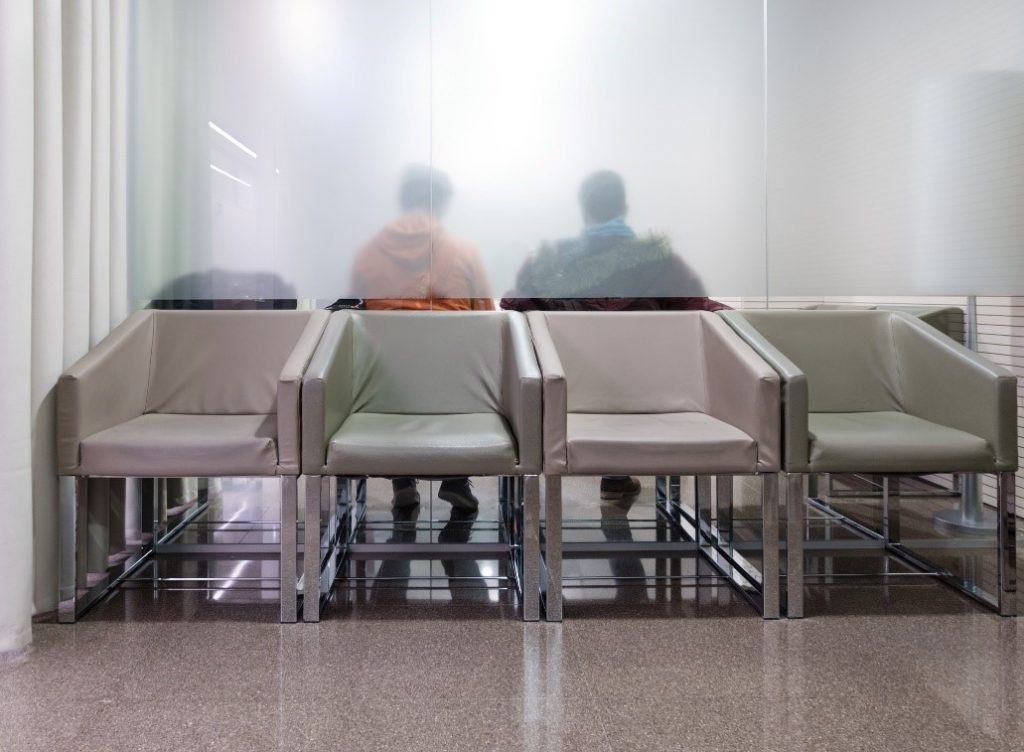Stacy Amoroso of Bucks County has 15 years of experience in a community counseling setting. As a healthcare employee, and advocate for the less fortunate, Stacy Amoroso delves into the vital realm of these clinics, where the dedicated efforts of healthcare professionals are actively working to bridge the gaps in medical services, driving change at the heart of community health.
What started as a tiny experiment to bring essential care to rural and medically underserved urban communities has morphed into an integral part of the US health care system. Today, community health centers offer an extensive service range to entire neighborhoods, eradicating the all-too-common barriers to healthcare many residents face.
Since their inception in 1965, community-based clinics have steadily grown in importance for the public's overall well-being. From providing preventive medical and dental care to boosting the economy to addressing new health concerns, these provisions are the epitome of health equity, serving individuals who would otherwise go without vital care.
Stacy Amoroso of Bucks County on the Integral Role of Community Health Centers
As the
National Association of Community Health Centers (NAHC) states, community clinics provide affordable healthcare for everybody, regardless of background, area of residence, homelessness status, or age. Stacy Amoroso of Bucks County says that the current 1,400 organizations operating over 15,000 facilities and funded by the federal health center system have given over 30 million people treatment and preventive care, no matter their ability to pay, cementing these establishments as the veritable spinal column of the nation's societies.
Shattering Barriers to Healthcare Access
Thanks to their aforementioned mission to offer healthcare services regardless of patients' ability to pay, community health centers offer critical aid to people who may not obtain it otherwise. Whether individuals/families live in rural areas, underserved urban regions, can't afford treatment, live in a natural disaster zone, are dealing with food insecurity, or experience communication difficulties, these clinics eradicate such barriers (and more), improving health equity across the country.
Stacy Amoroso of Bucks County explains that this integral power was out in full force during the 2020 COVID-19 pandemic. At such a pivotal time in modern humanity, these organizations offered assistance and treatment of all kinds to people often dismissed from private clinics.
According to Nuvem, these centers were instrumental in protecting marginalized communities, citing
data proving 61% of vaccines administered at community health centers during the pandemic were used to protect people of color. And many studies confirm such clinics deliver care as good as or better than several private practices, with many offering a wider range than their high-ticket counterparts.
Stacy Amoroso of Bucks County reports that the
Health Resources and Services Administration (HRSA) noted that around 30.5 million people relied on these health centers for care in 2022, and of these 30.5 million individuals:
- One in nine were children
- Around 1.4 million people were experiencing homelessness
- Over 395,000 were veterans
- Over 952,000 were served at school-based health centers
- Almost one million were agricultural workers
- Over 9.6 million lived in rural areas
- Over 24.2 million were uninsured, Medicare, or Medicaid patients
- 90% were at or below 200% of the poverty
The statistics speak for themselves.
 Meeting Broad Need Ranges
Meeting Broad Need Ranges
From addiction treatment services to mental health provisions to primary care to preventive treatments, community-based health centers are at the center of it all. Stacy Amoroso of Bucks County explains that the facilities and their staff teams offer a broad spectrum of healthcare services to help the constantly evolving needs of the community. Some even provide otherwise-expensive dental treatments.
Addressing Emergent Public Health Concerns
Frequently, the country's community-based health centers are the first line of care in public crises.
For example, HRSA
data from 2022 shows, these organizations are central in the fight against the opioid crisis, with health centers providing substance abuse services to 299,000 patients at the time.
Stacy Amoroso of Bucks County notes, similar can be said for the rising demand for mental health care. The clinics gave related treatment to 2.7 million people in 2022, with 70% of patients aged 12 and over receiving depression tests and care plans.
Boosting the Economy
Beyond providing essential services to otherwise underserved communities, these health centers also boost the economy, creating jobs and funds for the local area.
NACHC's
Economic Impact of Community Health Centers in the United States paper details the facilities generate over $85 billion in economic activity in many of the nation's most distressed areas. To top it off, they create more than 500,000 direct and indirect employment positions, many of which are occupied by veterans.
Community Wellness Rests Firmly on Health Clinics' Shoulders
Stacy Amoroso of Bucks County explains that public health is community health. And without the improved health equity provided by community-based clinics, the nation would be thousands of steps behind crises and giving everybody access to treatment to lead a long, high-quality life.
 Meeting Broad Need Ranges
Meeting Broad Need Ranges